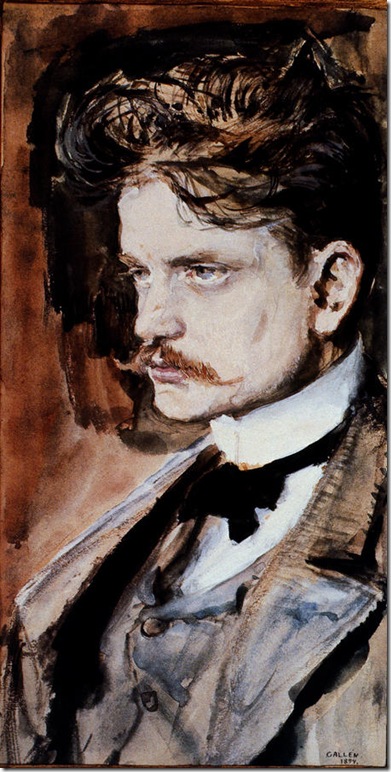The Palm Beach Symphony’s concert Jan. 28 at Mar-a-Lago got a late start owing to the breakdown on the road of the principal horn player’s car.
Champagne and hors d’oeuvres were served to concertgoers while they listened to the children’s orchestra from The Conservatory School at North Palm Beach, a new performing arts school, under a tent on a chilly night at Donald Trump’s estate.
And when the concert, which featured two second symphonies, both of them in D major, by Brahms and Sibelius, it turned out to be well worth the wait.
Composed in 1877 while summering in the Austrian Alps, Brahms described his sunny Second Symphony as “all blue sky, babbling streams, sunshine and cool green shades.” Starting with a vigorous downbeat, conductor Ramón Tebar led his 72-piece orchestra in the first movement keeping a cool head. Soon hornist Marc Gelfo entered with a magnificent melodious clarion call, and he could do no wrong from that moment on.
Tebar had complete control in bringing the orchestra through some difficult point-counterpoint passages at the end of the first movement. In the second movement, the tuba broke through the hymn-like tune, playing far too loud. But the sweet playing of the strings was beautiful to hear and later, when they play stridently , they overcame the tuba’s dominance.
An oboe opens the Allegretto grazioso third movement with a sublime melody. The string section was especially gorgeous with its sensitive playing of crescendos and supple back-and-forth interactions with the woodwinds. Short in length, this was perhaps the most touching rendition from the musicians so far, and it brought sighs of appreciation from my attentive neighbors.
The Allegro con spirito finale demands a bright opening, and the orchestra delivered. But the placement of the timpani behind the first and second violins almost swamped their sound at the start. The lead-in to the main theme was somewhat disjointed; each section seemed tentative in attacking their music.
Tebar had everything going too fast; the orchestral balance flayed around for a while until he managed to bring them together. And the full ensemble handled the majestic ending courageously, though the brass and the tuba needed reining in.
After intermission, the orchestra tackled the Second Symphony of Jean Sibelius. Composed in 1902, it was begun in Italy, which may account for so much of its sun-dappled quality.
The Second begins with delicate strings tapping out a catchy three-beat tune, accompanied by woodwinds and horns. Followed by different melodic material in the bassoon and strings, they are joined by brass, and the various sections, “like pieces of a mosaic,” gradually come together as one focused statement with exultant brass laying it all out for a supreme ending of the movement.
The next three movements merge into one another; it was Sibelius’ original idea to make this symphony of four movements continue without interruption. Bassoonist Luciano Magnanini played the lugubrious opening melody of the second movement beautifully, and as the movement built to its majestic ending phrases, I felt Tebar rushed them too much instead of letting them sink in to the collective mind; he could have used the pauses between each phrase more effectively in bringing about the gradual climaxes Sibelius builds in this part of the symphony.
Closing with magnificent string playing accompanied by trilling flutes, the last few bars of plucked strings were not clearly defined.
The scherzo, marked Vivacissimo, was somewhat ragged as Tebar tried to give the movement a satisfying arc. The finale made up for some of that as the orchestra built steadily to its climax and an uplifting ending. Met by thunderous applause, it was indeed remarkable that this group of players had only three rehearsals to bring about such an accomplished performance. Orchestra building can take years to reach the level asked of these players by conductor and supporters.
If Tebar can hold on to these 72 instrumentalists for longer periods of time, he will be onto something that will serve the 1.3 million inhabitants of Palm Beach County in their search for a fine full symphony orchestra that serves everyone.
